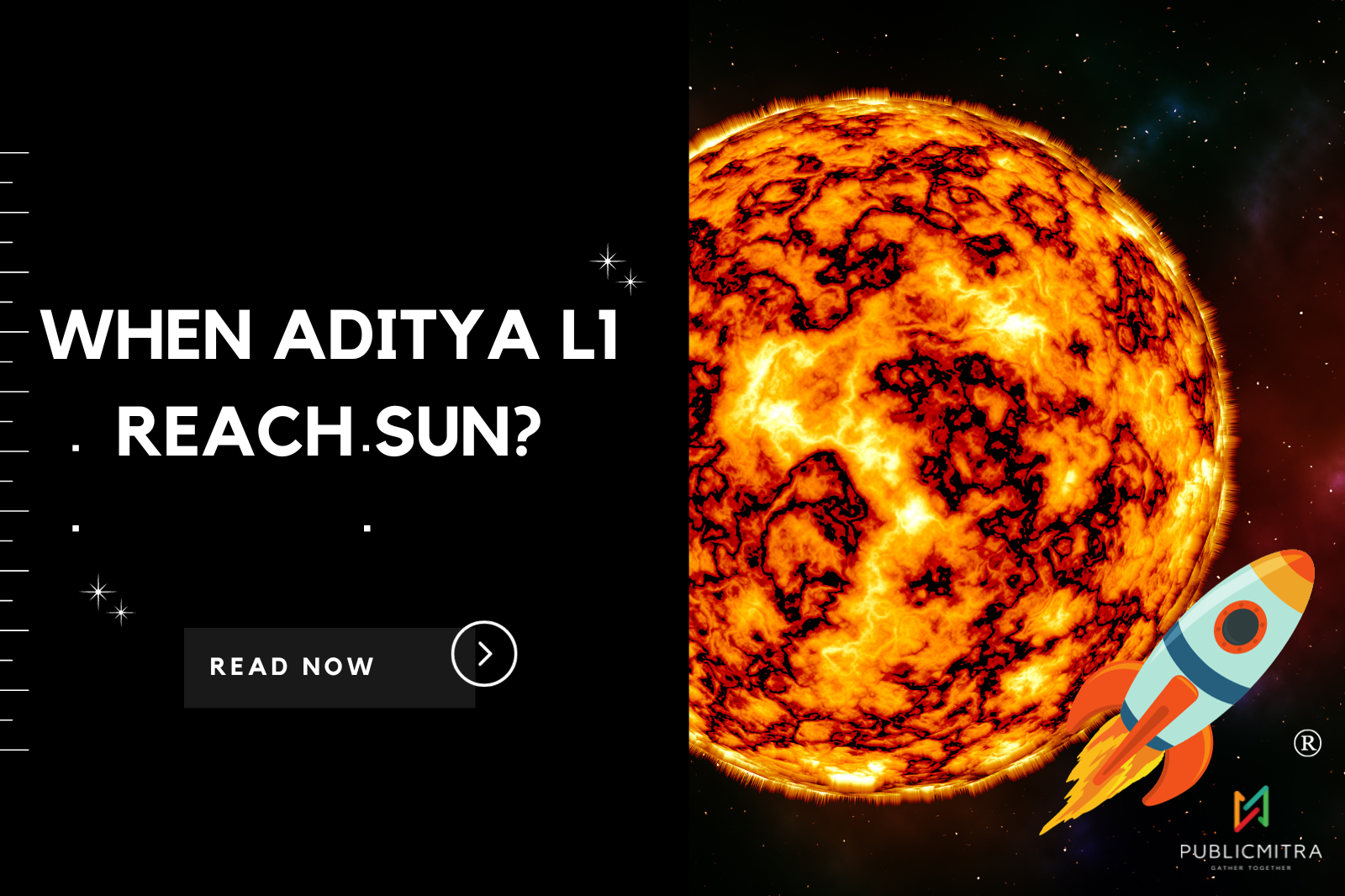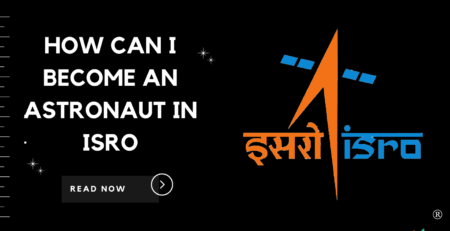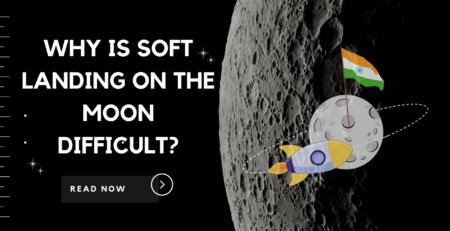India’s Aditya L1 Sun Mission: A Journey Of Discovery!
On September 2, the ISRO initiated its first space mission Aditya L1 to study the sun. The launch vehicle of Aditya L1 is PSLV-XL and it’s the second successive mission of ISRO just after the Chandrayaan 3 launch. Its main objective is to deeply observe the sun to understand its outermost layer, the solar corona. Aditya L1 is the first space-based mission in India which will be positioned in the halo orbit around Lagrange Point 1 (L1), a gravitational equilibrium point situated around 1.5 million km away from Earth in the sun’s direction. L1 i.e., Lagrangian Point is a landing point where Aditya L1 will be positioned for analysing the patterns of the Sun.
The spacecraft Aditya L1 is equipped with around 7 payloads, including a magnetometer for studying the sun’s magnetic field and a plasma analyzer for studying the solar wind. Also, the mission has carried a Visible Emission Line Coronagraph for studying the solar corona as well as the Solar Ultraviolet Imaging Telescope for analyzing the UV emissions coming from the sun.
As per the sources, the mission of Aditya L1 is to reach its observation point in approximately four months. Also, on September 15, India’s solar mission Aditya L1 performed the 4th earth-bound maneuver successfully as stated by ISRO.
Key Objectives of Aditya L1 Mission
Listed below are a few key objectives of the L1 mission :
- The main objective of the mission incorporates analyzing the dynamics of the solar upper atmosphere.
- To see the in-situ particle along with the plasma environment for collecting data to study the particle dynamics from the Sun
- The mission will explore the physics of the solar corona as well as its heating mechanism.
- The mission will conduct coronal loop plasma diagnostics like temperature, density, and velocity.
- Study the development and origin of coronal mass ejections (CME)
- The study incorporates magnetic field topology as well as magnetic field measurements in the solar corona.
- It will recognize the driving force behind space weather like the origin, composition, and dynamics of solar wind.
Why is Aditya’s L1 mission Important?
The mission of Aditya L1 is important since it will give a new understanding of the inner workings of the sun and its influence on Earth’s environment. Also, the information that the mission will collect can be utilized for understanding the sun’s corona along with its behavior. The mission will help scientists understand how Earth’s magnetic fields and the planet’s climate are affected by the sun’s activity.
Wrapping Up
Aditya L1 Sun Mission is an innovative solar observatory mission in India that plays an imperative role in advancing the capabilities of Indian space while enhancing our understanding of the sun, weather in space, and its implications for both Earth and space-based technologies.








